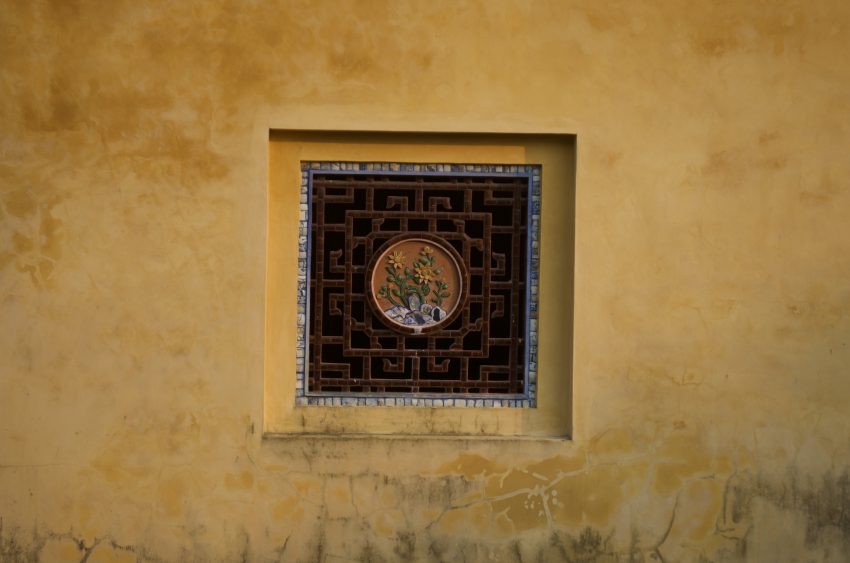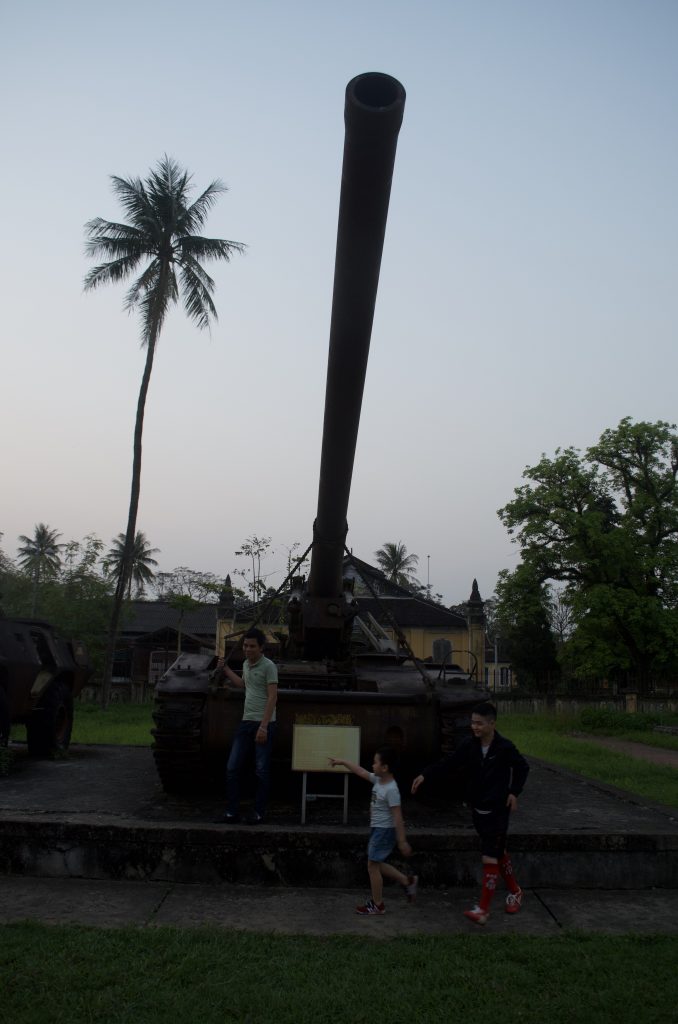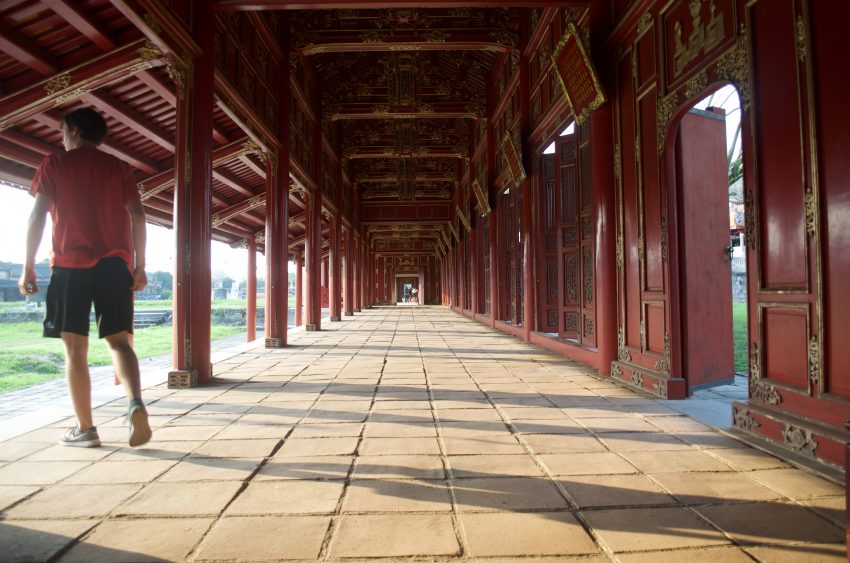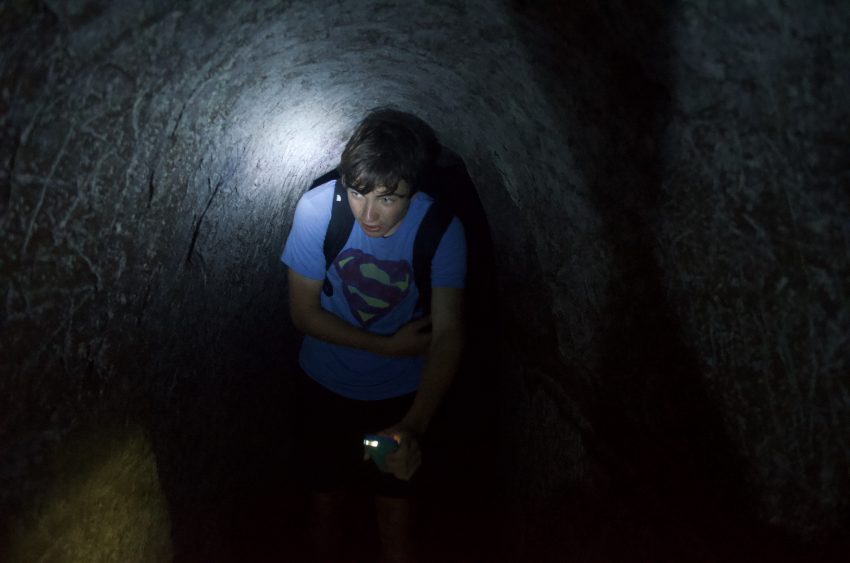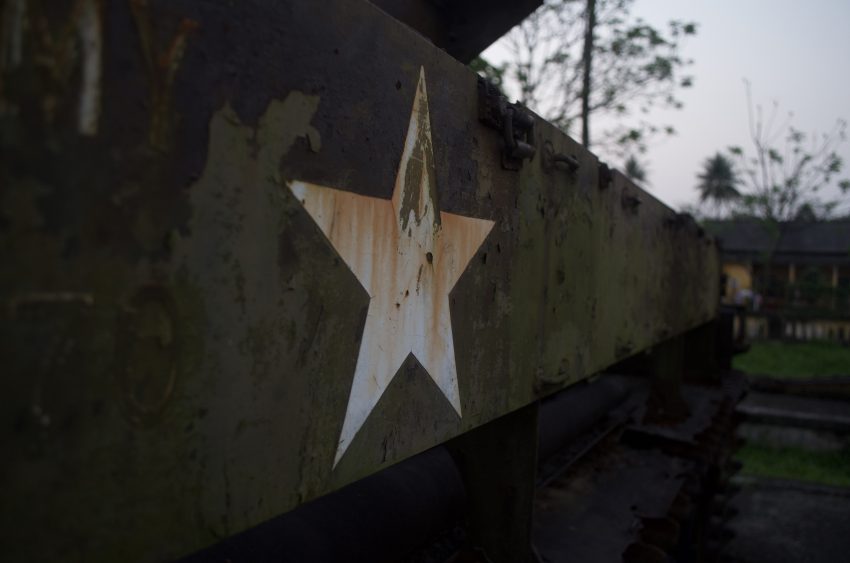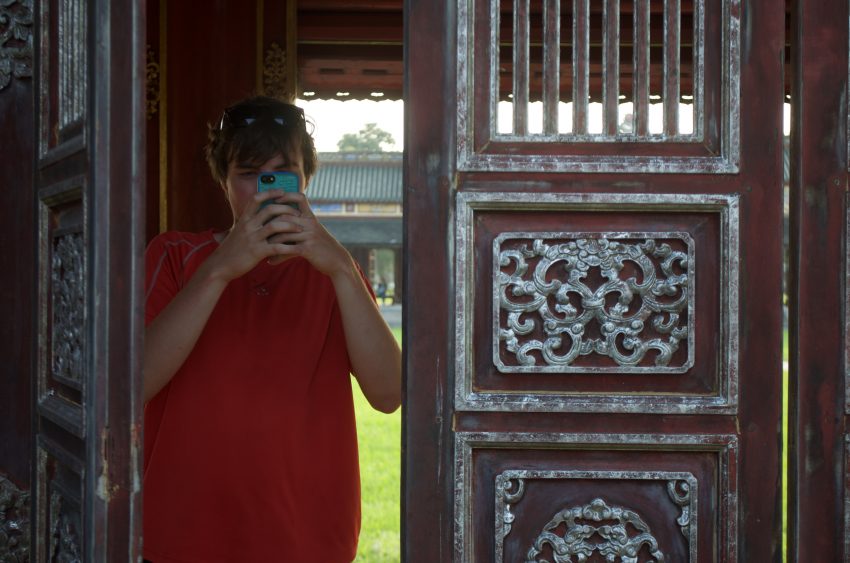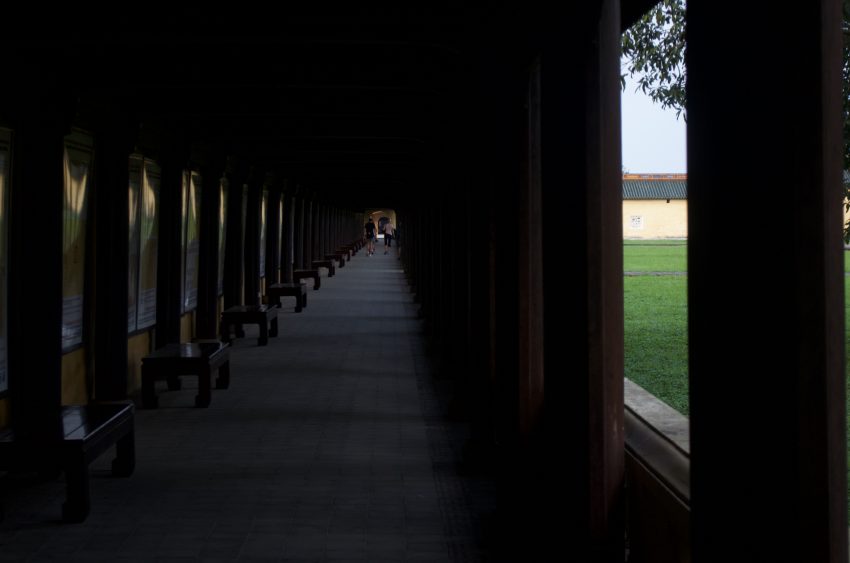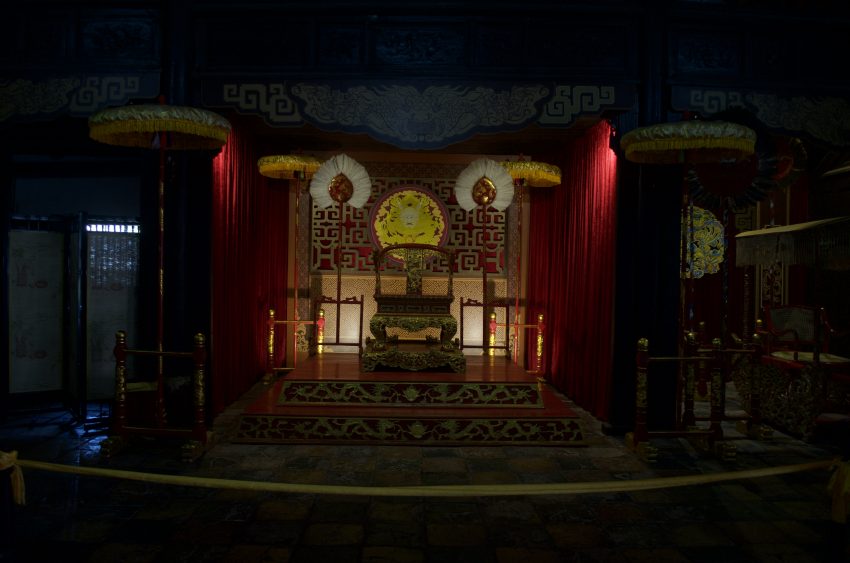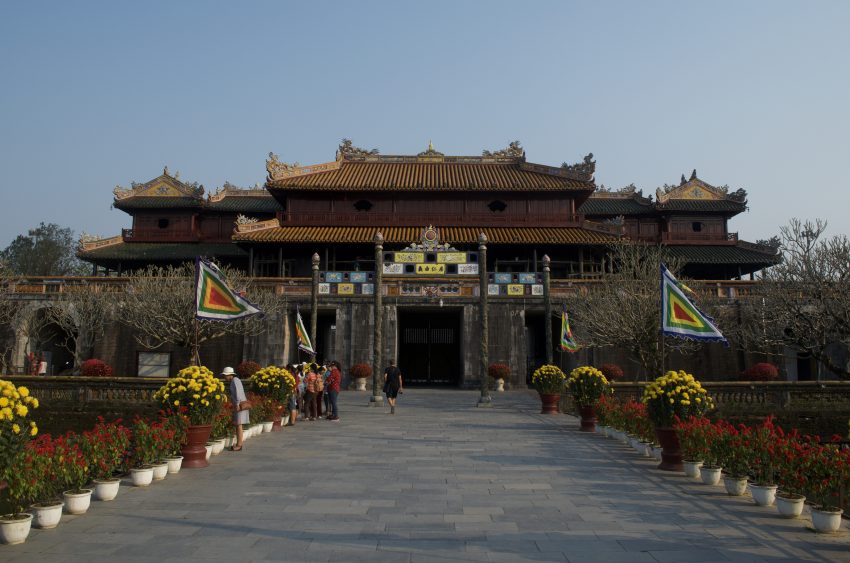
The long weekend is a unique opportunity for us students to explore some of Vietnams wonders outside of Hoi An, while at the same time allowing for a break between intensive study periods. Me and a friend from the course spent the three days going north, first to the old capital of Hue, then further north, to the Vinh Moc tunnels, a complex web of underground passages sheltering hundreds during the American war.
Hue
Getting to Hue is easy: the easiest, most efficient way is taking a bus from Hoi An, which will pick you up anywhere and take you to the heart of Hue in about three hours. The second, more scenic alternative is taking a train from Da Nang, taking you over the mountain pass, with a view of what seems like endless white beaches and traditional fishing boats, both by day and by night.
When in Hue, the Imperial city is a must – home of the Nguyen dynasty for 150 years, it displays the artistic and colourful contours of the Chinese style visible the likes of the forbidden city in Beijing. Unlike the forbidden city however, many of the pavilions and houses are under renovation or simply in ruins, all of which are scars from the American war of the late 1960s and early 1970s.
One thing we found especially impressive was the amount of detail in many of the facades all over the Imperial city. Colourful glass and ornaments decorate the bright coloured walls, with an abundance of dragons of various shapes and sizes. If you go after lunch-time, make sure to catch the sunset! By this time, it really quiets down, and the light is truly bewitching.
Furthermore, the tombs in and outside Hue show even more of the traditional Chinese architecture. We went to the Tu Doc tomb, a peaceful, green environment not far from the city centre.
If you spend a night in Hue, make sure to check out the walking streets. They open at night and there are lots of cosy cafes, but also bars and night clubs if that’s your cup of tea.
Vinh Moc tunnels
After a night and two days in Hue, we left for Dong Ha, and the morning after to the Vinh Moc tunnels. Although the Imperial city and the royal tombs were visually and culturally stunning, the tunnels really had an impact on how we related to and felt about the American war. The tunnels were constructed to shelter the villagers of Vinh Moc, lying only kilometres from the Demillitarized Zone, and in the heart of bombings and attacks by the US troops.
These three levels of underground passages were constructed in only three years, and housed 300 people, with the average height being 1.5meter, and with a width of 1 meter. Imagine being in a snow tunnel, only this time, it’s a web of tunnels, shared with an entire village, and going out would risk your life.
By going through the tunnels, you got the ability to see how people lived, where meetings were held, and how everyday life continued despite the dire circumstances of war.
All in all, the long weekend was a great success, seeing some of the top destinations in Vietnam in only a matter of days, all of which showed scars of the American war.
-Sigurd-
